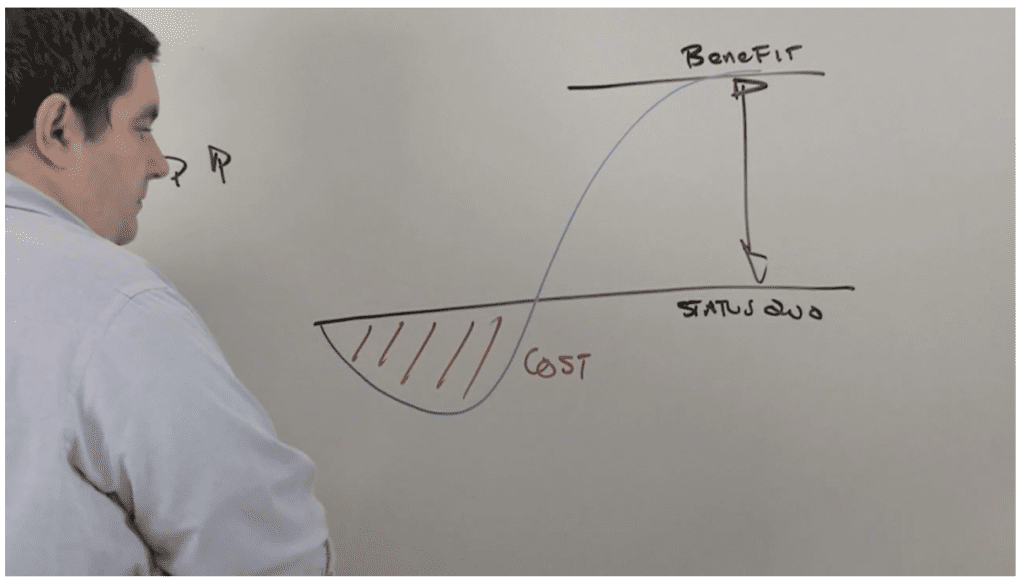Appreciate Why Prospects Say “Your Baby Is Ugly”
When a prospect criticizes your product, or your suggestion for a solution, don’t react as if they said, “Your baby is ugly.” Appreciate their candor, make sure you understand their need, and probe for what’s wrong or needs improvement in your offering.
Appreciate Why Prospects Say “Your Baby Is Ugly” Read More »





